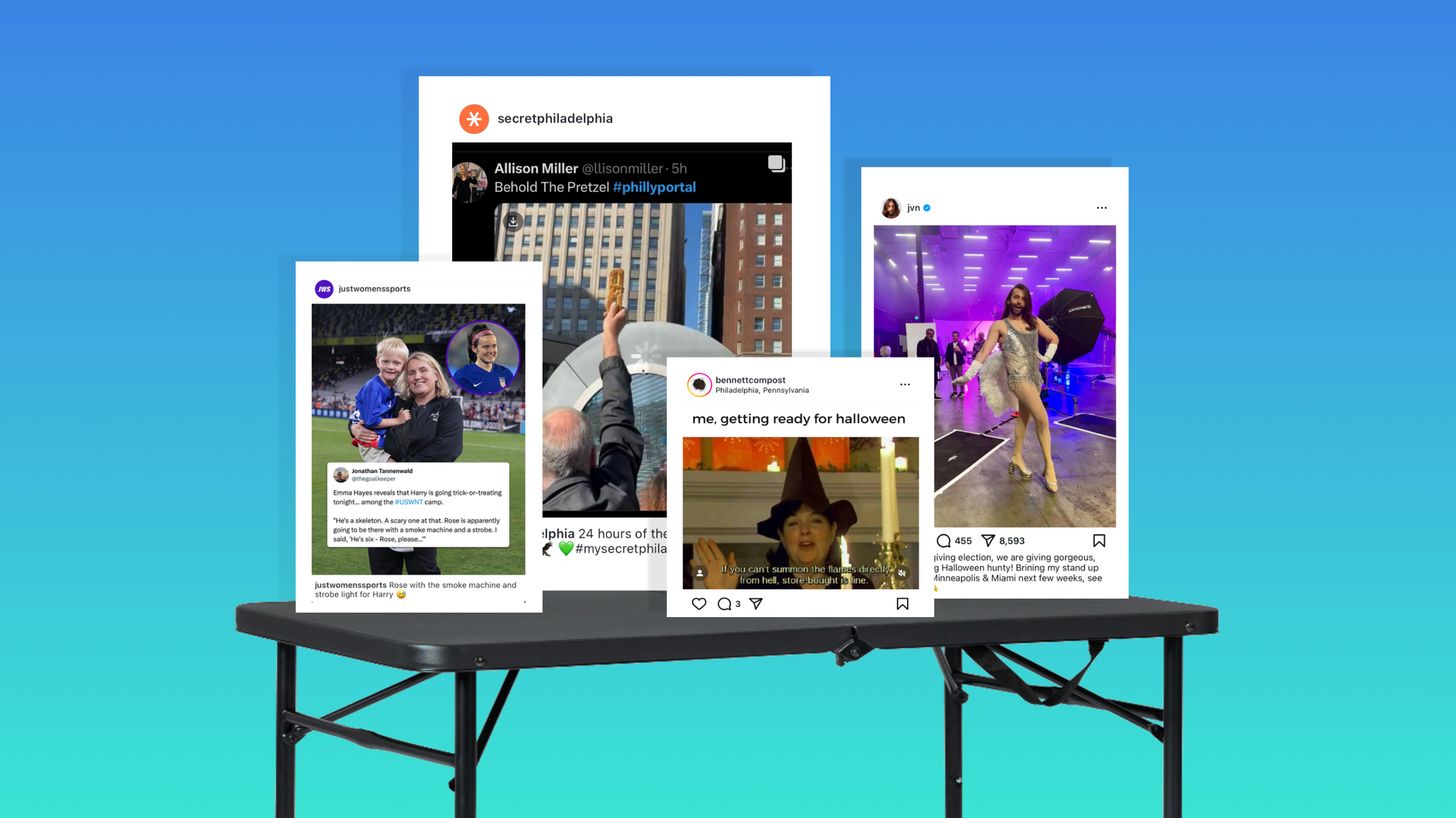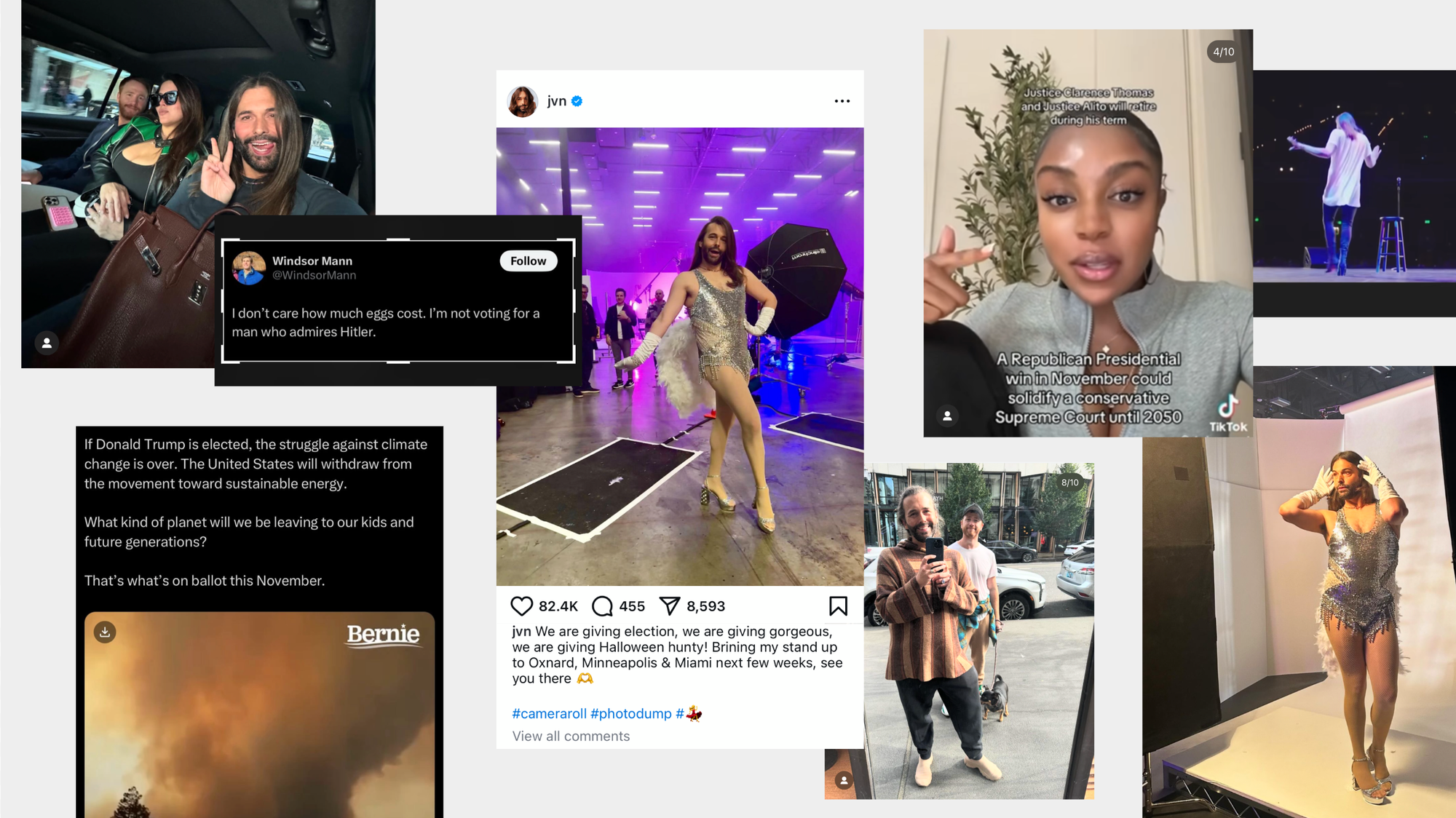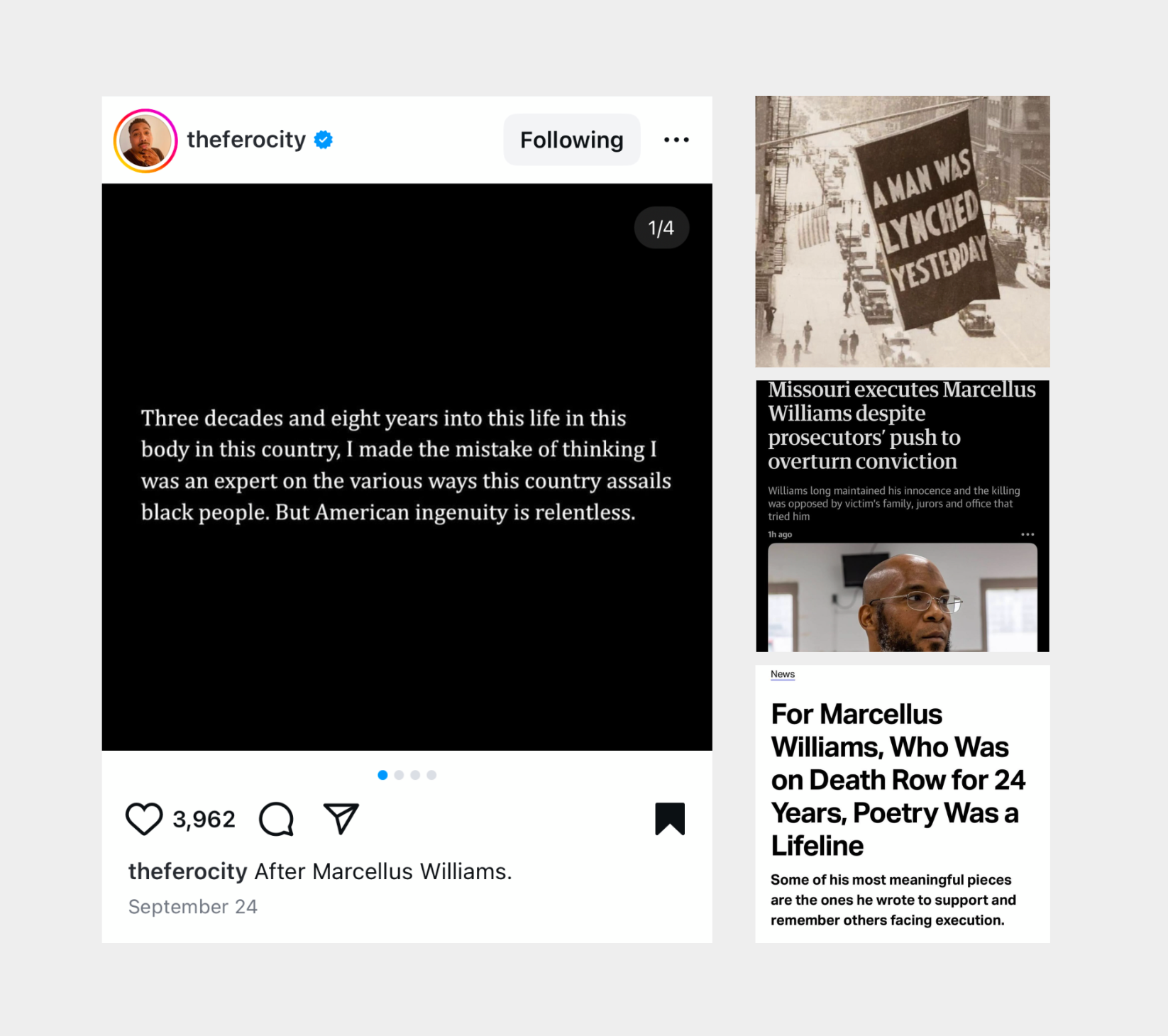
There’s so much content out there these days that it’s impossible to keep up—newsletters, podcasts, articles, and social feeds bursting at the seams. I’ve amassed a mountain of Substack subscriptions, bookmarked tabs, and random online rabbit holes. On binge-reading days, I end up with even more, until my brain feels like a foggy mess of other people’s smart ideas.
Amid this flood, a new style is rising: messy, personal, and chaotic, mirroring the online world itself. It’s the era of 20-image meme carousels and winding captions that verge on diary entries. We’re seeing reposted content spun and shared in endless loops, embracing a lightly curated, patched-together style that feels raw and refreshingly real.
This isn’t just an aesthetic choice—it’s a reaction to our collective content fatigue and a full departure from the airbrushed, Instagram-perfection era of yore. Instead of aiming to please the eye, this new style seems to say, Welcome to my garage sale of thoughts and emotions. And it resonates because it mirrors how many of us feel: overwhelmed, unfiltered, and real.
The New Normal: Messy and Personal
Accounts like Jonathan Van Ness’ capture this vibe perfectly. Their posts are a blend of humor, real-time reactions to current events, and unapologetic transparency about their journey, inviting followers into a space where vulnerability is as important as aesthetics.

This isn’t just about piling on jokes and memes—this style introduces an emotional resonance that’s deeply needed. A powerful example is poet/author Saeed Jones’ poignant collage about Marcellus Williams, where he layered his own words with historical photos and recent headlines. Each snippet hit hard, and the fragmented style made the content feel raw and urgent.

Even a local brand I like, Philly’s Bennett Compost, often taps into this messy, emotion-driven approach. They blend memes with calls to community action, turning followers into collaborators in a shared mission.
Whether through humor, empathy, or grief, brands that use this approach can reach beyond the surface, fostering connections that perfectly polished content just can’t achieve. It signals that the brand isn’t merely here to entertain or sell but to listen, engage, and, crucially, to care.
Brand feeds shouldn’t only inform us of the brand’s offerings or services. Their content needs to open up doors to a community and usher onlookers toward something that’s bigger than the brand—whether that’s a shared feeling, a movement, or to get behind a core idea or value.
Brands embracing this scrappy, maximalist, emotion-driven style aren’t just following a trend either. To distill it to a trend is missing the bigger point. They’re adapting to an entirely new expectation from audiences. This messy, reality-rooted content builds camaraderie and makes brands feel more grounded. It’s in sync with how people actually experience the world and makes the brand feel more like a participant in cultural conversations rather than just a seller.
The Double-Edged Sword of Messiness
But of course, it’s not all positive. Some argue that this style comes off as anti-intellectual or too informal. Brendon Holder’s Substack article, Have We Lost Our Minds?, dives into how the relentless barrage of meme-y news content numbs us to the event’s significance. It’s a valid point to consider: in the quest to stay relatable, there’s a risk of oversimplifying or diluting the messages that are most important. If we lean on this style too much, it can leave our audiences feeling lost or, worse, apathetic and disconnected. Striking the right balance between humor, chaos, and thoughtfulness and sincerity is essential, or we risk losing people in the noise.
Online trends like this move at lightning speed, and we could very well grow weary of the endless loop of slapdash memes and inside references. But the need for real connection and authenticity isn’t going anywhere. Brands that lean into it, rather than retreating into polished perfection, will come across as human and worthy of our attention. This isn’t a strategy built to dominate; it’s an invitation to belong, building communities that last much longer than memes.




Comments